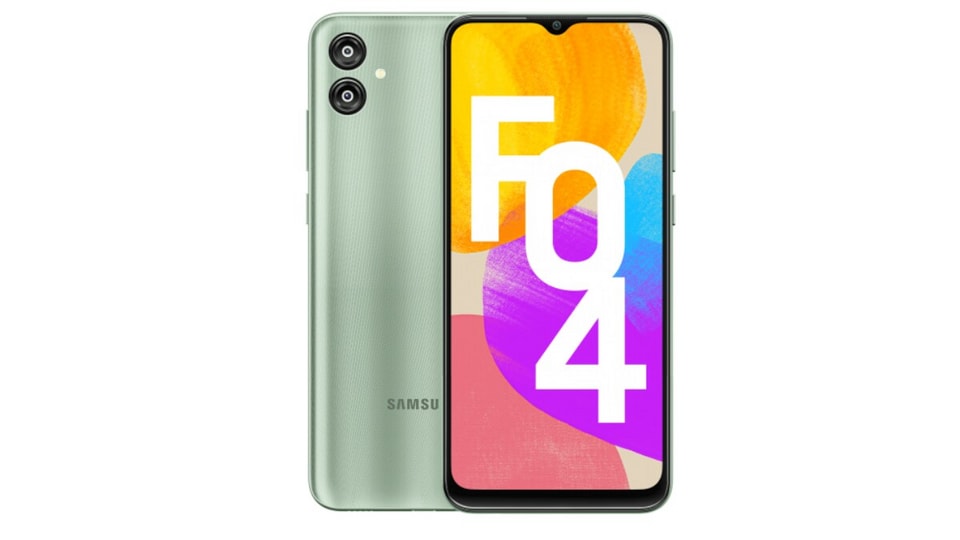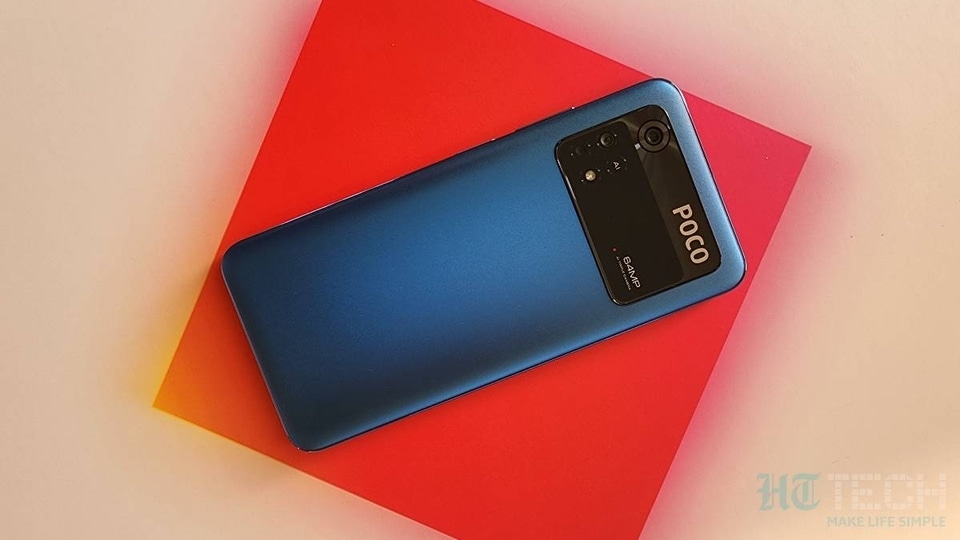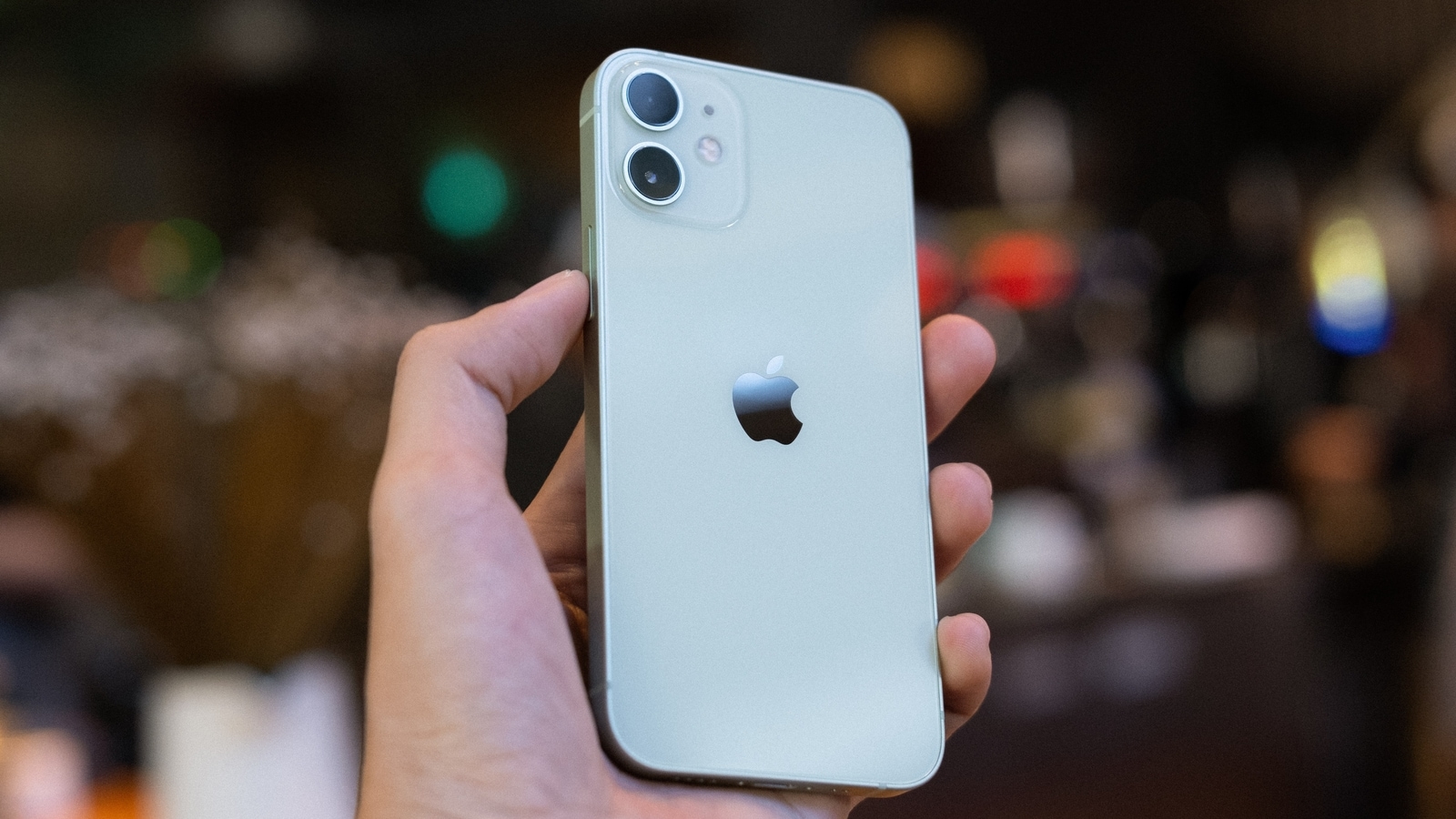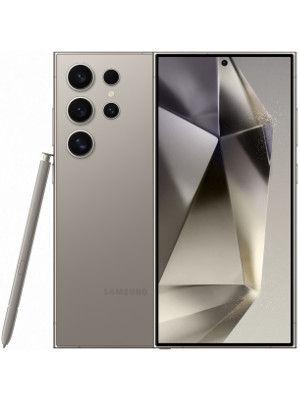Cheaper Mobile Plans Aim to Dislodge Complacent AT&T, Verizon Customers
Slick sales gimmicks like an AI-powered virtual guide and inflation-proof rates have failed to dislodge customers from the big national carriers where plans are more than twice as much.


_1648036511523.jpg)
_1646981374481_1646981399980.png)


 View all Images
View all ImagesA handful of upstart wireless providers are offering monthly service plans at less than half the average cost of the major national networks, but complacent consumers seem to prefer to pay more rather than face the hassle of switching.
MobileX is a few weeks into the launch of an unlimited pay-as-you go plan starting at $20-a-month that includes an artificial intelligence-powered virtual guide that can anticipate a user's needs and customize plans based on their spending. Another new entrant is Boost Infinite, a $25 a month unlimited service introduced by satellite TV provider Dish Network Corp., which promises to never raise prices on customers that sign up early.
Each of these challengers are reselling service provided by one of the big three carriers — AT&T Inc., Verizon Communications Inc. or T-Mobile US Inc. — through wholesale agreements known as mobile virtual network operators or MVNOs. Aside from the network payments, the MVNOs have limited overhead, conduct business mostly online, and generally don't subsidize new phones they way bigger companies do, which helps keep the cost low.
Yet these seemingly compelling offers haven't gained much traction in an otherwise expensive US mobile market, despite offering service quality on par with the rest of the industry and far better prices. That's left the big three carriers not just unfazed, but thriving.
Consumers have been lulled into expensive plans with unlimited data, free phones and complementary streaming services, says MobileX founder and Chief Executive Officer Peter Adderton.
“If you wake up the lazy people, the big carriers are going to have a problem,” Adderton said. “And our business is to wake them up.”
Adderton also founded Boost Mobile in 2001 with hope that the prepaid service could dominate the youth wireless market. The company is now owned by Dish.
Price is the No. 1 consideration for people choosing a wireless service, according to Recon Analytics Mobile Intender surveys. Finding a plan that suits the person's situation and network quality are the other top criteria. But while there are offers that check those boxes, the hoops required to jump through them to move to another carrier can be a turn off.
Inertia
Brittney Foxhall knows the trouble it takes to switch.
A couple of years ago the Chicago law student said she tried to untangle herself from a contract with Sprint Corp. that included a phone lease. She initially canceled with Sprint but her account got moved to T-Mobile when the two merged in 2020. To get out of the contract she had to pay more than $400 in termination fees and return her phone. That became another problem when the phone was lost in transit. After four months and multiple phone calls, Foxhall got the balance erased. After that headache, she says she's now content with an AT&T group plan she shares with her brother and his girlfriend.
“Spending $100 for my phone bill is a negligible expense,” she said. “I didn't have much interest in looking around to lower the cost.”
That sort of comfortable inertia continues to be fortuitous for the big carriers. The churn rate, or pace of mobile phone subscribers switching service, has been hovering near or below a record low of 1% a month for more than a year. Customers even remained loyal through a round of inflation-related fee increases and price hikes last year.
The higher prices along with enticements to get customers to move up to higher tier plans have helped boost the size of the average phone bill over the past three years. T-mobile's average bill jumped 4.3% while Verizon increased 6.3%.
Part of what makes it easier to stay is universal unlimited data. Until about six years ago, wireless customers were billed for the amount of data they used. As Netflix and YouTube gained traction with mobile viewers, data consumption spiked. Commuters downloaded shows onto phones via WiFi to avoid penalties and families bickered over who was running over their limits.
‘Unlimited' Gamechanger
The annoyance and stress of metered data plans started to recede soon after T-Mobile's introduction of an unlimited data plan in 2016. AT&T and Verizon launched their own unlimited offers in the following months.
These offers aren't truly unlimited, however. Nearly every unlimited wireless plan comes with a specific data threshold. If a subscriber blows through their allotment, instead of incurring added costs, the carrier will slow the connection speed.
“If the choice is between throttling them and cutting them off, it's a no-brainer to keep the customer engaged at a slightly lower speed,” said Maribel Lopez with Lopez Research, which tracks trends in the mobile and telecom industries.
As unlimited data plans gained popularity, bills became more predictable as so-called overage charges disappeared. That made it less necessary or enticing to shop around.
“Customers don't like those surprises,” said Lisa Pierce, an analyst with market researcher Gartner Inc. Unlimited plans “removed a good amount of anxiety.”
It's been a winning strategy for the big carriers, but it's also a vulnerability, says Adderton.
MobileX is designed to learn people's data habits as they go along and provide enough headroom to cover a typical month. On the occasion people do have bigger data demands, the program will prompt them to bump up the allotment, Adderton said.
Big carriers “charge you extra so you don't have to worry if you run over. That's a business model waiting for disruption,” Adderton said.
And while the pandemic proved that people regard services like mobile as essential and therefore resilient to consumer spending cuts, that could change.
“If the job market softens, people will start looking at their wireless bills,” Pierce said.
Catch all the Latest Tech News, Mobile News, Laptop News, Gaming news, Wearables News , How To News, also keep up with us on Whatsapp channel,Twitter, Facebook, Google News, and Instagram. For our latest videos, subscribe to our YouTube channel.
























